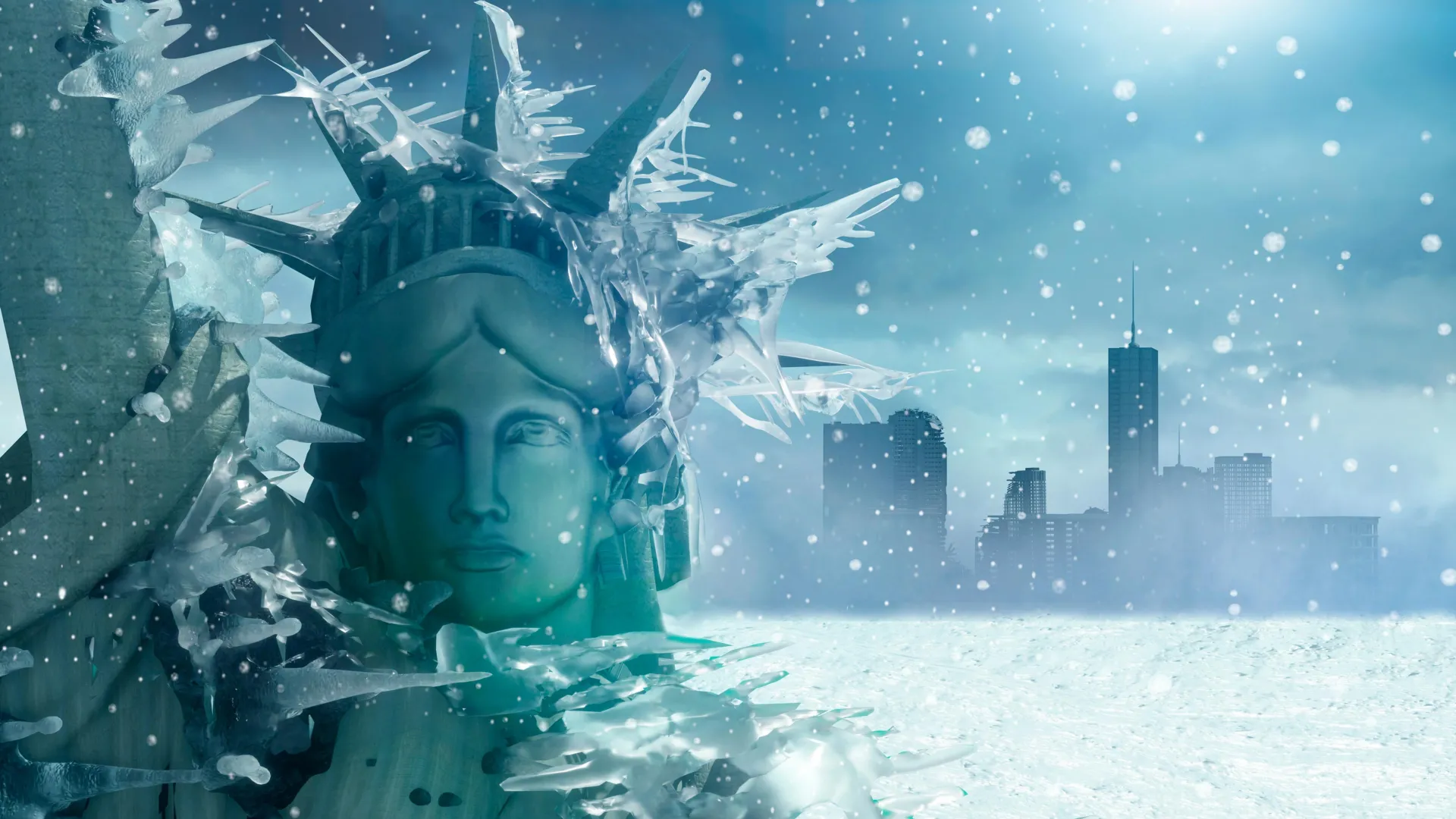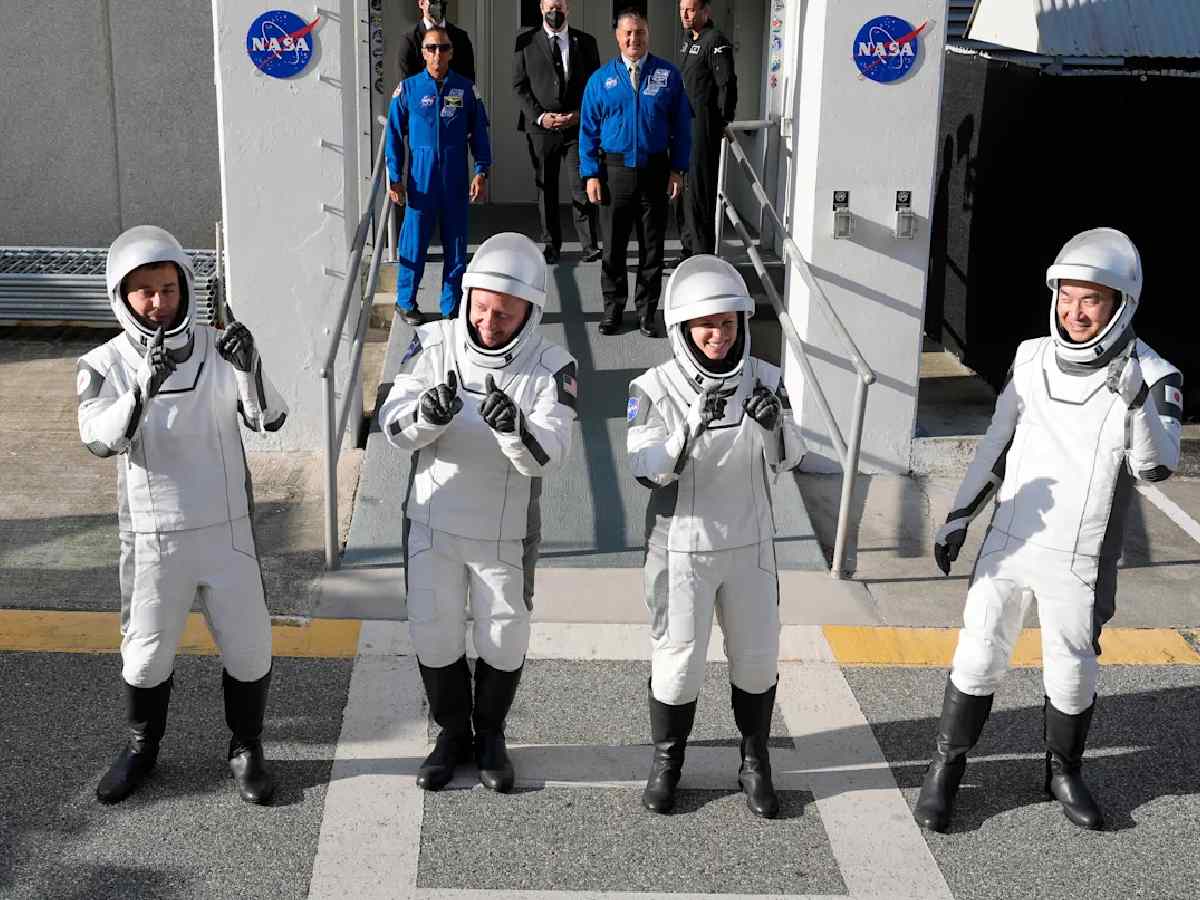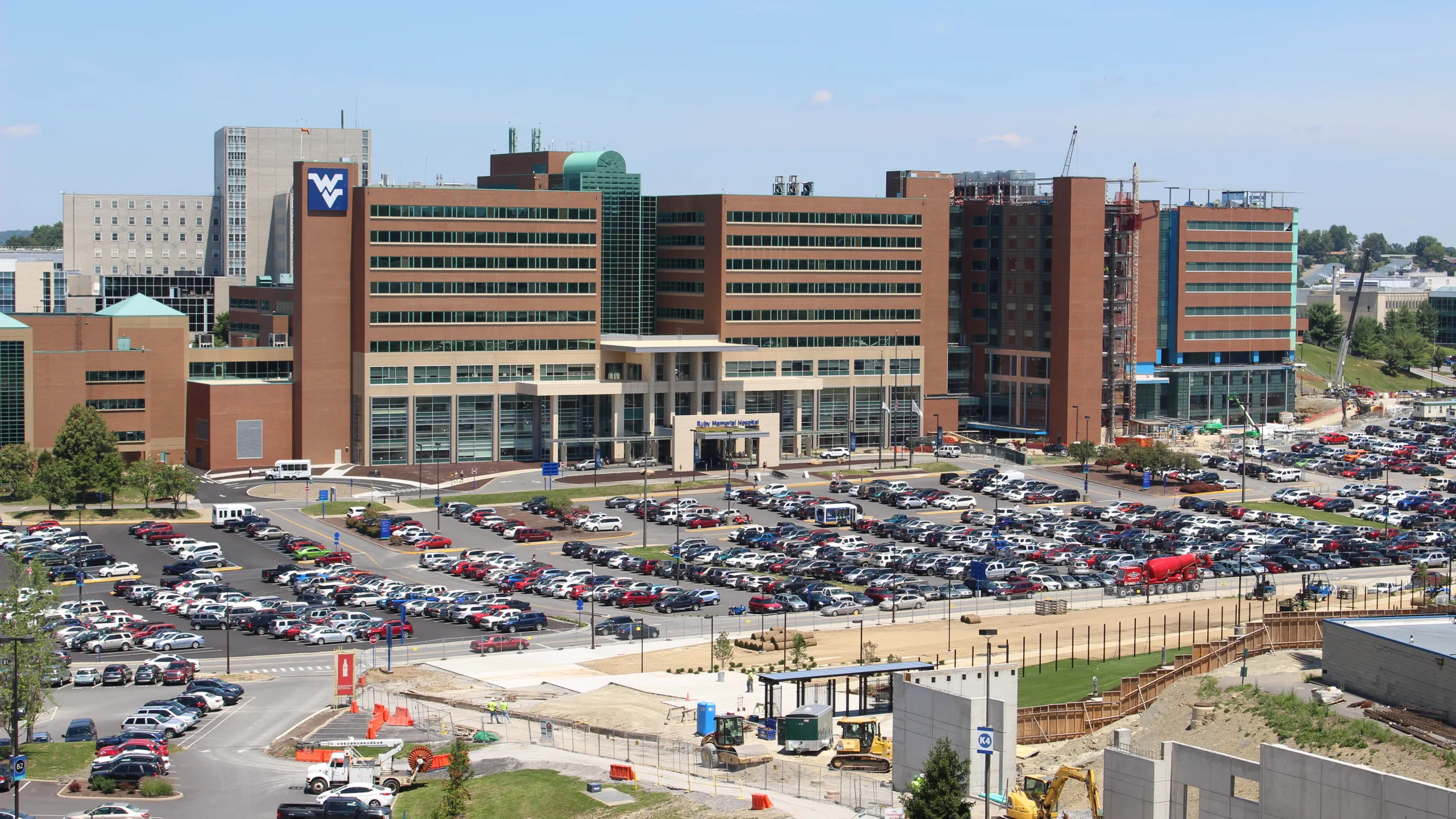
In recent years, the global narrative around climate change has largely centered on rising temperatures, melting ice caps, and the increasing frequency of extreme weather events. However, amidst this warming trend, many regions within the United States continue to experience frigid temperatures, snowstorms, and unseasonably cold weather. This apparent contradiction raises questions: Why does America remain cold despite the overall trend of global warming? In this article, we explore the complex climatic phenomena contributing to this paradox and shed light on the science behind regional temperature variations.
The Paradox of Regional Climate Variability
Understanding Global Warming vs. Local Climate Conditions
While the Earth’s average temperature has been on an upward trajectory, it is vital to distinguish between **global climate change** and **regional weather patterns**. Climate change refers to long-term shifts in temperature and weather patterns across the globe, but these shifts do not mean that every specific location will experience warmer weather all the time. Instead, climate change can lead to increased variability in weather, causing some areas to experience colder spells despite the planet warming overall.
In fact, [[ScienceDaily](https://news.google.com/rss/articles/CBMib0FVX3lxTE5xbHFVbVZoNTJEZFlHSTlxV1BuS05DVjlibE1fNm9xcTZKZElkOW5XTkNOZVJGWEtmNkhDRUhQamUzLThnUlBpZDN4MEYtczdLRldpUXlncUt4YkhCS0NCMDVhUDFTX2ZSbzc1N1dKbw?oc=5)] emphasizes that the persistent cold in parts of America, especially during winter months, is largely due to natural variability intertwined with larger atmospheric phenomena.
The Role of the Arctic Oscillation and Polar Vortex
What Is the Polar Vortex?
One of the primary reasons for prolonged cold spells in North America is the **polar vortex**, a large area of low-pressure high-altitude air that encircles the Arctic. During winter, the polar vortex is typically contained around the Arctic region, but sometimes it weakens or becomes distorted. When this occurs, cold Arctic air can escape southward into North America, bringing with it intense cold snaps.
Specifically, the polar vortex’s behavior can be influenced by:
- The **Arctic Oscillation (AO)** — a climate pattern characterized by winds circulating in the Arctic. When the AO is in a negative phase, cold air masses are more likely to spill southward into North America.
- The **Sudden Stratospheric Warming (SSW)** events — brief periods during winter when the stratosphere rapidly warms, disrupting the polar vortex and leading to cold outbreaks.
How Does This Contribute to Cold Weather in America?
In years when the polar vortex is particularly unstable, it allows frigid Arctic air to plunge into parts of the United States, resulting in significantly colder temperatures than the global trend might suggest. These cold events can persist for days or weeks and are often localized, making them seem paradoxical in a warming world.
Regional Climate Patterns and Ocean Currents
Influence of the Gulf Stream and Oceanic Cycles
The Atlantic Ocean’s **Gulf Stream** plays a crucial role in moderating climate in the eastern United States. Variations in ocean currents, driven by complex climate systems, can lead to periods of cooler weather in North America even amid broader warming trends.
Additionally, natural oceanic cycles, such as the **Atlantic Multidecadal Oscillation (AMO)** and **Pacific Decadal Oscillation (PDO)**, impact sea surface temperatures. These fluctuations can lead to regional cooling or warming, further complicating the climate picture.
Impact of Jet Streams and Atmospheric Circulation
The **jet stream**, a fast-moving ribbon of air high in the atmosphere, guides weather systems across North America. When the jet stream becomes wavier, it can carry cold air from the polar regions into lower latitudes or keep warm air confined away. This dynamic nature results in unpredictable weather patterns, including cold spells even as the planet overall warms.
Long-Term Trends and Climate Change Skepticism
Despite these regional variations, the overarching trend indicates a warming planet. The **intermittent cold spells** in America do not negate global warming but exemplify the climate system’s complexity. Climate models predict that in the coming decades, **extreme cold events will decrease in frequency and intensity**, even as some regions experience colder spells temporarily due to atmospheric variability.
Understanding this distinction is crucial for public perception and policy-making. Recognizing that short-term cold anomalies are part of natural variability helps contextualize the broader climate crisis and underscores the importance of addressing long-term climate change.
Concluding Thoughts
In conclusion, the continued winter cold experienced by parts of America amid global warming is primarily due to natural atmospheric phenomena, particularly the behavior of the polar vortex, jet streams, and oceanic cycles. These factors can cause significant regional and seasonal variations, making the climate system a complex interplay of multiple dynamic elements.
While the planet as a whole is warming, localized and temporal factors can lead to paradoxical cold spells. Recognizing the distinction between **local weather** and **climate change** is vital for understanding and communicating the science behind these phenomena.
Remember, climate change is a long-term trend impacting global averages. Regional and short-term weather variations do not contradict this trend but rather highlight the complexity of Earth’s climate system.
For more updated news please keep visiting Prime News World.








